

Medical Director, Compassion Recovery Center

Licensed Psychologist (LP), Compassion Recovery Center
The cycle of addiction and involvement with the justice system is a complex and heartbreaking issue affecting countless individuals and families across Sacramento County. When substance use disorders go unaddressed, they often become a driving force behind actions that lead to arrest, incarceration, and a seemingly endless loop of legal troubles. This isn’t just a statistic; it’s a human story playing out daily in our communities. The strain on individuals, their loved ones, and public resources is immense. Recognizing and addressing addiction as a primary health concern, rather than solely a criminal one, is paramount. Breaking this cycle requires understanding, compassion, and accessible treatment options. For those caught in this difficult intersection, finding a path to recovery can feel overwhelming, especially when facing legal pressures. At Compassion Recovery Center, we understand these challenges. While our primary remote services cater to Orange County, California, our telehealth platform allows us to extend our specialized Virtual IOP Program and other Drug Rehab Programs to individuals throughout California, including those in Sacramento County navigating the complexities of the justice system. The importance of addressing addiction within this context cannot be overstated; it’s about offering a lifeline, fostering healing, and ultimately building safer, healthier communities for everyone.
The journey from active addiction to legal entanglement often begins subtly, but its consequences can be devastating. Individuals struggling with substance use may find themselves making choices they wouldn’t otherwise, driven by the compulsion of their illness. This can lead to arrests for possession, driving under the influence, theft to support a habit, or other related offenses. Once involved in the justice system, the focus is often on punitive measures rather than on treating the underlying addiction that contributed to the offense. This approach, unfortunately, rarely leads to lasting change. Without effective treatment, the likelihood of re-offense remains high, perpetuating a cycle that benefits no one. Compassion Recovery Center believes in a different approach, one rooted in evidence-based care and the profound understanding that addiction is a treatable medical condition. We aim to provide a supportive and flexible path to recovery, especially for those who need to balance treatment with legal obligations, work, or family responsibilities. If you or a loved one in Sacramento County are facing these challenges, we encourage you to reach out today to learn how our remote services can help.

Sacramento County, like many communities across California and the nation, grapples with the significant impact of substance use disorders. While precise, real-time statistics can fluctuate, available data and public health reports consistently highlight addiction as a serious concern. Opioids, including fentanyl, continue to be a major driver of overdose deaths and treatment admissions. Methamphetamine use also remains prevalent, alongside alcohol use disorder, which often goes underreported or is normalized despite its severe consequences. These aren’t just numbers; they represent neighbors, friends, and family members whose lives are being profoundly affected. The California Department of Health Care Services (DHCS) provides statewide data that often reflects regional trends, showing thousands seeking treatment annually for various substance dependencies. In Sacramento County, local health initiatives and task forces work to monitor these trends and implement prevention and treatment strategies, but the scale of the problem is vast.
The common substances of abuse in Sacramento County mirror those seen in many urban and suburban areas. Alcohol, while legal for adults, is a leading cause of addiction, contributing to numerous health problems, accidents, and societal costs. Opioids, initially prescribed for pain but also illicitly manufactured and distributed (like heroin and fentanyl), have created a crisis due to their high potential for dependence and overdose. Stimulants such as methamphetamine and cocaine also contribute significantly to addiction rates, often linked to severe mental and physical health decline. Cannabis, while legal for recreational and medicinal use in California, can still lead to cannabis use disorder for some individuals, particularly with high-potency products. Polysubstance use, where individuals use multiple substances, is also common and complicates both addiction and treatment efforts. If you’re struggling with any substance, know that effective Alcohol Rehab Programs and Drug Rehab Programs are available, including flexible telehealth options.
The impact of addiction on individuals is devastating, touching every aspect of life. Physical health deteriorates, leading to conditions like liver disease, heart problems, infectious diseases (from needle sharing), and cognitive impairment. Mental health is also severely affected, with high rates of co-occurring disorders such as depression, anxiety, and PTSD; this is why Dual Diagnosis Treatment is so crucial. Relationships with family and friends become strained, often breaking down due to mistrust, conflict, and the emotional toll of watching a loved one suffer. Employment and financial stability are compromised as addiction takes precedence, leading to job loss, debt, and even homelessness. The individual’s sense of self-worth and hope for the future can erode, making it even harder to seek help. For families, the experience can be one of constant worry, frustration, and heartbreak, often leading to their own mental and emotional distress.
Beyond the individual, addiction casts a long shadow over communities in Sacramento County. Increased crime rates are often linked to substance abuse, whether it’s petty theft to fund a habit, DUIs, or more serious offenses committed under the influence or as part of drug distribution networks. Healthcare systems are strained by emergency room visits for overdoses, treatment for addiction-related illnesses, and the long-term care needs of those with chronic conditions exacerbated by substance use. Public safety resources, including law enforcement and emergency medical services, are heavily burdened. The economic impact includes lost productivity, increased healthcare expenditures, and the costs associated with the criminal justice system. Children growing up in homes affected by addiction face a higher risk of developing their own substance use problems and mental health issues, perpetuating a cycle across generations. Addressing addiction comprehensively is not just about individual recovery; it’s about community healing and strengthening the fabric of society. Exploring virtual rehab California options can be a vital first step for many.
The justice system in Sacramento County, encompassing law enforcement, the courts, and correctional facilities, is frequently the first point of official contact for individuals whose lives have been significantly impacted by addiction. From patrol officers responding to incidents involving substance use to courtrooms adjudicating drug-related offenses, and jails housing individuals with untreated substance use disorders, addiction is an undeniable and pervasive presence. Law enforcement agencies in Sacramento often deal with public intoxication, driving under the influence (DUI), possession of controlled substances, and crimes committed to support drug habits, such as theft or burglary. The Sacramento County District Attorney’s Office prosecutes these cases, while the Public Defender’s Office provides legal representation for those who cannot afford it, many of whom are struggling with addiction. The Sacramento County Superior Court then adjudicates these cases, determining guilt and imposing sentences which can range from fines and probation to incarceration in county jail or state prison.
Recognizing the strong link between crime and addiction, Sacramento County has implemented various programs and initiatives aimed at addressing substance use among justice-involved individuals. Drug courts, for example, offer a specialized court docket that provides an alternative to traditional criminal justice processing. These programs typically involve court-supervised treatment, regular drug testing, and judicial monitoring, with the goal of helping participants achieve and maintain sobriety, thereby reducing recidivism. Other diversion programs may allow individuals arrested for certain low-level drug offenses to participate in education or treatment programs in lieu of criminal prosecution. Proposition 36, a California initiative, also mandated treatment instead of incarceration for certain non-violent drug possession offenders. Within correctional facilities, there may be some substance abuse education or support groups available, though comprehensive treatment options are often limited by resources and the sheer number of individuals in need. The aim of these initiatives is to shift the focus from purely punitive measures to a more rehabilitative approach, acknowledging that treating the underlying addiction is key to breaking the cycle of crime. If you are seeking flexible treatment that can align with court mandates, consider learning more about our Intensive Outpatient Program (IOP), accessible via telehealth.
Despite these efforts, the justice system in Sacramento County faces significant challenges in effectively dealing with addiction. One major hurdle is the sheer volume of cases involving substance use, which can overwhelm existing resources. Jails are often overcrowded, and providing adequate Mental Health Treatment and addiction services within a correctional setting is difficult and costly. There’s often a disconnect between the criminal justice system and community-based treatment providers, making it hard for individuals to transition smoothly into ongoing care upon release. Stigma surrounding addiction can also be a barrier, both within the system and in the broader community, hindering individuals from seeking help or receiving the support they need. Furthermore, many justice-involved individuals suffer from co-occurring mental health disorders alongside their addiction, requiring integrated Dual Diagnosis Treatment which may not always be readily available or adequately funded through justice system channels. The cycle of arrest, release, and re-arrest for individuals with untreated addiction highlights the limitations of a solely punitive approach and underscores the critical need for more comprehensive, accessible, and sustained treatment solutions. Exploring start your free assessment could be a positive step toward finding such solutions.
Another challenge lies in the continuity of care. Even if an individual receives some form of treatment or counseling while incarcerated or as part of a court-mandated program, the transition back into the community can be fraught with triggers and a lack of support. Without robust aftercare planning and readily available outpatient services, the risk of relapse and re-offense is high. The availability of Outpatient Detox followed by ongoing therapy is crucial. Telehealth services, like those offered by Compassion Recovery Center, can play a vital role here, providing a bridge for individuals who may have transportation issues, live in remote areas, or need to balance recovery with work and family responsibilities post-release. The justice system is increasingly recognizing the need for partnerships with community treatment providers, but scaling these collaborations to meet the demand remains an ongoing effort. Addressing these systemic challenges requires a multi-faceted approach involving policy changes, increased funding for treatment, and a greater emphasis on prevention and early intervention. Contact Us to discuss how remote treatment can fit into your life, even amidst legal complexities.
Use our quick & easy insurance verification to find out if you’re covered for our centers. We accept all major insurance.
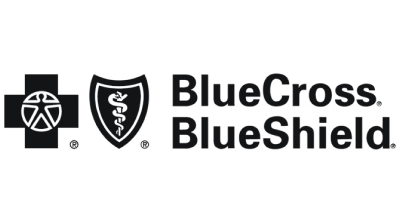


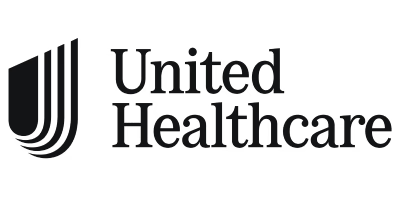
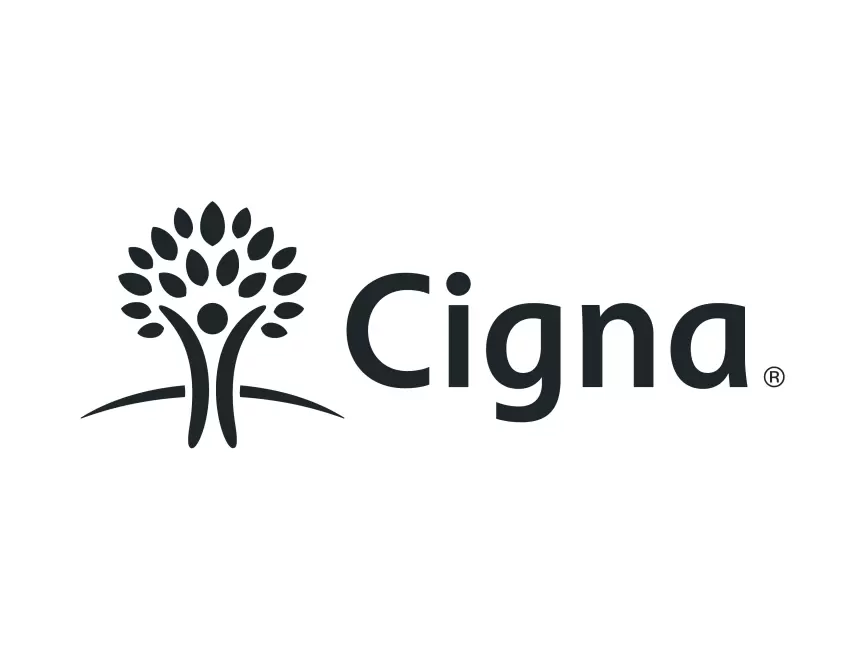
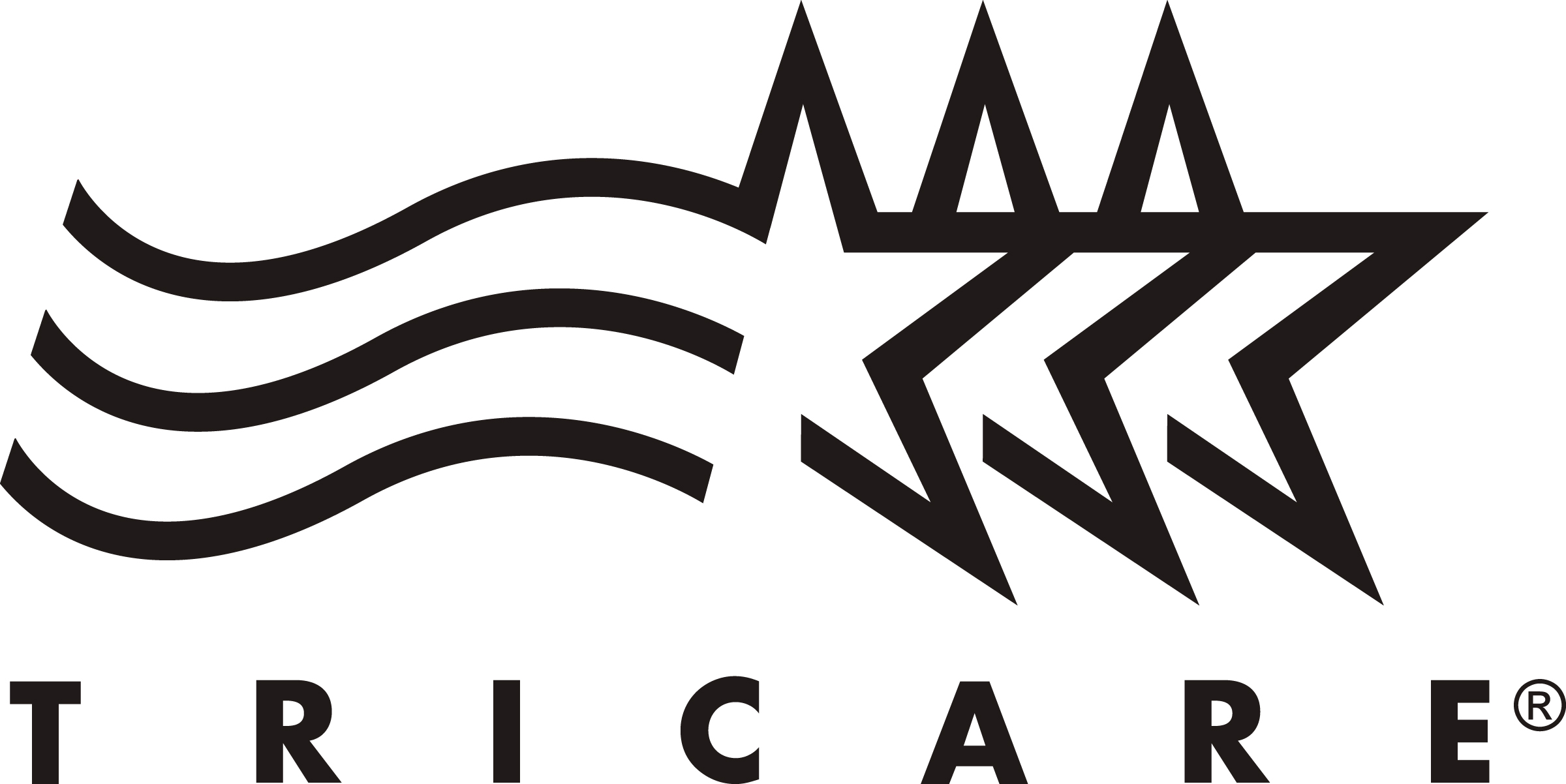
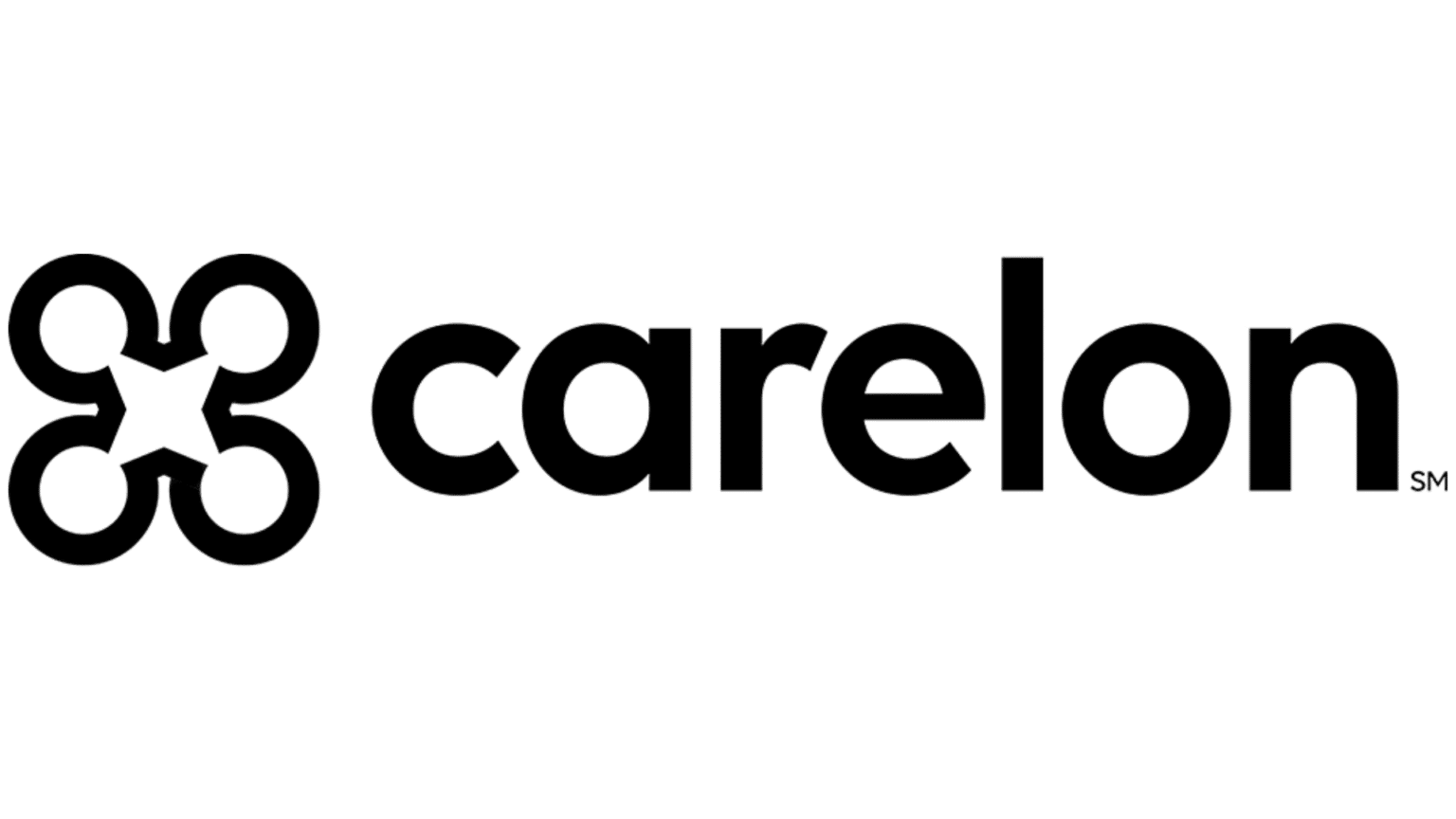


The intersection of addiction and the justice system in Sacramento County is a deeply intertwined reality, where substance use disorders frequently act as a catalyst or significant contributing factor to criminal behavior. Addiction is a powerful disease that can alter brain chemistry, impair judgment, and drive compulsive behaviors. Individuals struggling with addiction may resort to illegal activities to obtain money for drugs or alcohol. This can include theft, burglary, robbery, or fraud. The substances themselves can also lead to criminal charges, such as possession of controlled substances, manufacturing, or distribution. Furthermore, being under the influence of drugs or alcohol can significantly impair decision-making and impulse control, leading to offenses like assault, domestic violence, or driving under the influence (DUI), which carries severe legal consequences in California. The intense craving and withdrawal symptoms associated with addiction can make rational thought difficult, pushing individuals into desperate situations where criminal activity seems like the only option to alleviate their suffering or sustain their habit. This isn’t an excuse for criminal behavior, but an explanation of the powerful role addiction can play. Understanding this link is crucial for developing effective interventions that address both the symptom (crime) and the root cause (addiction).
This dynamic often creates a tragic “revolving door” phenomenon – a cycle of addiction and incarceration. An individual is arrested for a drug-related offense, serves time, and is then released back into the community, often without having received adequate addiction treatment or support for re-entry. The underlying addiction remains unaddressed, the same triggers and stressors are present, and the lack of job prospects or stable housing due to a criminal record can exacerbate feelings of hopelessness. Relapse becomes highly probable, which in turn increases the likelihood of re-offending and re-entering the justice system. This cycle is incredibly costly, not just financially for the taxpayers of Sacramento County who fund law enforcement, courts, and jails, but also in human terms – lost potential, broken families, and continued suffering for the individual caught in the loop. Breaking this cycle requires interventions that prioritize comprehensive Drug Rehab Programs and Alcohol Rehab Programs, rather than relying solely on punishment. The focus needs to shift towards healing and recovery, offering a way out of the revolving door and into a life of stability and purpose.
Consider a few anonymized, hypothetical case examples common in Sacramento County to illustrate this intersection:
The societal costs stemming from this intersection are enormous. Beyond the direct expenses of arrests, court proceedings, and incarceration, there are indirect costs such as lost productivity, healthcare expenses for addiction-related illnesses and injuries, and the impact on families and child welfare services. Children of incarcerated parents, especially when addiction is a factor, face increased risks of emotional, behavioral, and academic problems. The cycle doesn’t just affect the individual; it ripples outward, impacting the entire community. Therefore, investing in effective addiction treatment for justice-involved individuals is not just an act of compassion; it’s a sound public safety and public health strategy for Sacramento County. Programs that offer a path to recovery can help reduce crime, lessen the burden on the justice system, and restore individuals to become productive members of society. Explore your Admissions Information to see how accessible treatment can be.
For individuals in Sacramento County whose lives have intersected with the justice system due to addiction, a range of treatment options exists, though accessibility and suitability can vary. The goal of these options is to break the cycle of substance use and criminal behavior, paving the way for long-term recovery and a healthier life. Traditional treatment avenues include detoxification programs to manage withdrawal symptoms safely, inpatient or residential treatment providing 24/7 care in a structured environment, and various outpatient programs that allow individuals to live at home while attending treatment sessions. These outpatient services can range from standard outpatient programs (OP) with a few hours of therapy per week to more intensive options. Specifically for those navigating legal requirements, finding a program that offers robust support while accommodating their situation is key. Many courts in California now recognize and even encourage participation in credible treatment programs as part of sentencing or probation, understanding that addressing the root cause of addiction is essential for reducing recidivism.
In this landscape, the role of remote IOP California programs and broader telehealth addiction treatment has become increasingly significant, especially for justice-involved individuals. Virtual rehab offers unprecedented flexibility and accessibility. For someone in Sacramento County who might be facing transportation challenges, childcare responsibilities, work commitments, or even stigma associated with attending an in-person clinic, telehealth provides a lifeline. They can access high-quality therapy, group sessions, and individual counseling from the privacy and convenience of their own home. This is particularly beneficial for those on probation or parole who need to demonstrate consistent engagement in a treatment program. Compassion Recovery Center specializes in providing these remote services. Our Virtual IOP Program allows individuals to receive intensive treatment without disrupting their entire lives, which is crucial for successful reintegration and maintaining responsibilities that support recovery, like employment. Telehealth removes many common barriers to treatment, making it a viable and effective option for a broader range of people, including those mandated by the court system to seek help.
Two powerful components often integrated into effective telehealth addiction treatment are online Cognitive Behavioral Therapy (CBT) and Medication-Assisted Treatment (MAT) delivered remotely. Online CBT therapy is an evidence-based approach that helps individuals identify and change negative thought patterns and behaviors contributing to their addiction. Through virtual sessions, therapists can teach coping skills, stress management techniques, and relapse prevention strategies. This therapeutic modality adapts very well to an online format, providing personalized support and actionable tools for recovery. For individuals struggling with opioid or alcohol addiction, MAT treatment online can be a game-changer. MAT involves using FDA-approved medications, in combination with counseling and behavioral therapies, to reduce cravings, manage withdrawal symptoms, and block the euphoric effects of opioids or alcohol. Through telehealth, initial consultations, medication management, and follow-up appointments can often be conducted remotely, making this life-saving treatment more accessible. While not all aspects of MAT (like initial in-person assessments for certain medications) can be done online in every case, telehealth significantly expands access to the medical and therapeutic support essential for MAT’s success. This combination of online therapy and, where appropriate, MAT, offers a comprehensive approach to treating addiction effectively and conveniently. Get help for substance abuse by exploring these modern treatment solutions.
The benefits of these remote options are numerous. Beyond accessibility and convenience, telehealth can offer a greater sense of privacy and reduce feelings of shame or stigma that some may associate with seeking addiction treatment. For individuals in rural parts of Sacramento County or those with mobility issues, virtual programs can be the only feasible way to access specialized care. Furthermore, virtual rehab California programs like ours are designed to be engaging and interactive, utilizing secure video conferencing platforms for group therapy, individual sessions, and educational workshops. This ensures that clients receive a comparable level of care and support as they would in an in-person setting. For justice-involved individuals, the ability to consistently attend treatment sessions online can demonstrate commitment to recovery to probation officers or the courts, potentially influencing legal outcomes positively. It also allows for easier integration of family therapy sessions, as loved ones can join remotely, fostering a supportive home environment crucial for sustained recovery. We encourage you to verify your insurance online to see how affordable these innovative treatment paths can be.
At Compassion Recovery Center, we are dedicated to providing accessible, effective, and compassionate addiction treatment to individuals throughout California, including those in Sacramento County who may be seeking flexible solutions, especially if they are navigating the complexities of the justice system. While our roots are in serving Orange County with remote drug rehab Orange County, our robust telehealth platform allows us to extend our full continuum of care virtually. We understand that the journey to recovery is unique for everyone, and our programs are designed to meet you where you are, offering support, guidance, and evidence-based therapies in a remote setting. Our services range from Outpatient Detox support, which provides medical oversight for a safer and more comfortable withdrawal process managed from home, to more intensive levels of care. We offer a comprehensive Partial Hospitalization Program (PHP) and an Intensive Outpatient Program (IOP), both deliverable through our secure virtual platform. These programs provide structured therapy and support for several hours a day, multiple days a week, allowing individuals to establish a strong foundation in recovery while still managing daily life responsibilities.
The core of our approach at Compassion Recovery Center is the seamless integration of virtual rehab California services with proven online therapy modalities. Our Virtual IOP Program, for instance, incorporates a variety of therapeutic techniques, including individual counseling, group therapy, family therapy, and educational workshops. We heavily emphasize online CBT therapy to help clients develop healthier coping mechanisms and thought patterns. For those for whom it is appropriate, we can facilitate access to and support for MAT treatment online, coordinating with prescribing physicians. A cornerstone of our treatment philosophy is addressing co-occurring disorders; therefore, comprehensive Dual Diagnosis Treatment is integrated into our care plans, recognizing that many individuals struggling with addiction also face challenges like depression, anxiety, or PTSD. Our Mental Health Treatment services are designed to work in tandem with addiction recovery, providing holistic care. All our services are delivered by licensed and experienced professionals who are skilled in creating a supportive and engaging therapeutic environment online. We also offer specialized tracks, and if relevant, could incorporate support for issues like Social Media Addiction Treatment if it contributes to overall mental well-being challenges.
The success stories and positive outcomes we witness reinforce the efficacy of our telehealth model. Clients consistently report appreciating the flexibility that allows them to attend treatment without uprooting their lives or neglecting work, school, or family obligations. This is particularly crucial for individuals involved with the justice system in Sacramento County who may need to maintain employment or meet court requirements. We’ve seen individuals successfully complete our programs, achieve sustained sobriety, rebuild relationships, and regain control of their lives, all while participating remotely. For example, a working parent mandated to treatment was able to attend our Virtual IOP sessions around their work schedule and childcare needs, something that would have been impossible with a traditional in-person program. Another client, initially hesitant about the effectiveness of online therapy, found the group sessions to be deeply connecting and supportive, forming bonds with peers on similar recovery journeys. These outcomes demonstrate that quality care is not limited by physical location. Our team is committed to providing the highest standard of treatment, and we can help you navigate the process, including helping you check insurance coverage to understand your benefits. The first step can be a simple, confidential conversation; we invite you to contact us for a confidential assessment.
We believe that everyone deserves a chance at recovery, regardless of their past or current circumstances. If you or a loved one in Sacramento County is caught in the cycle of addiction and the justice system, know that compassionate, professional help is available. Our virtual programs are designed to be as effective as in-person treatment, offering evidence-based therapies, personalized care plans, and a supportive community. By choosing Compassion Recovery Center, you are choosing a path that respects your need for flexibility while providing the intensive support necessary for healing. Don’t let distance or logistical challenges be a barrier to getting the help you deserve. Start your free assessment with us today and discover how our telehealth addiction treatment can empower you to break free from addiction and build a brighter future.
Addressing the complex intersection of addiction and the justice system in Sacramento County requires more than just individual treatment efforts; it necessitates systemic changes through policy and reform. California has seen several legislative efforts aimed at shifting the paradigm from punishment to rehabilitation. For example, Proposition 47, passed in 2014, reclassified certain non-violent drug and theft offenses from felonies to misdemeanors, intending to reduce incarceration rates and redirect cost savings to mental health and substance abuse treatment, truancy prevention, and victim services. While the long-term impacts and implementation effectiveness of such policies are subjects of ongoing discussion and require continuous evaluation, they represent a broader movement towards recognizing addiction as a public health issue. Current policies in Sacramento County often involve collaborations between the justice system, county health services, and community-based organizations to operate drug courts, diversion programs, and re-entry initiatives. These programs aim to connect individuals with Drug Rehab Programs or Alcohol Rehab Programs as an alternative to, or in conjunction with, traditional sentencing. However, funding, resource allocation, and consistent application across all levels of the justice system remain persistent challenges.
Numerous proposed reforms and ongoing discussions at both state and local levels aim to further enhance the response to addiction within the justice system. Many advocates call for increased investment in evidence-based treatment options, including greater access to MAT treatment online and in person, especially within correctional facilities and upon re-entry. There’s a push for more robust pre-arrest diversion programs, where law enforcement can redirect individuals with substance use disorders to treatment services instead of making an arrest for low-level offenses. Expanding supportive housing, employment assistance, and peer support services for individuals in recovery, particularly those with criminal records, is also seen as crucial for reducing recidivism. Reforms may also focus on decriminalizing or legalizing certain substances, with an emphasis on public health regulation and education rather than criminal penalties, though these are often highly debated topics. The potential impact of these reforms could be significant: reduced jail and prison populations, lower rates of overdose deaths, improved public health outcomes, and substantial cost savings for taxpayers in Sacramento County. However, successful reform requires careful planning, adequate funding, community buy-in, and a commitment to data-driven evaluation. The availability of flexible treatment models like Remote IOP California programs can support these reforms by making treatment more accessible to a wider population, including those who might otherwise fall through the cracks.
Community organizations and stakeholders play an indispensable role in driving policy change and supporting individuals affected by addiction and the justice system in Sacramento County. Non-profit organizations, advocacy groups, healthcare providers, and individuals with lived recovery experience are often at the forefront of raising awareness, lobbying for policy reforms, and providing direct services. These groups may offer peer support, help navigate complex systems, provide job training, or offer safe spaces for recovery. They also play a vital role in reducing the stigma associated with addiction and criminal justice involvement, fostering a more compassionate and understanding community. Collaboration between these community entities and governmental agencies is key. For example, partnerships can help ensure that individuals released from jail or prison have immediate connections to treatment providers like Compassion Recovery Center, housing resources, and other essential support services. Stakeholders also contribute by participating in local task forces, advising policymakers, and ensuring that the voices of those most affected are heard. Their work helps to create a more holistic and effective system of care that addresses not just the immediate crisis of addiction but also the social determinants of health that contribute to it. If you’re looking to understand your options, including how to Admissions Information, reaching out to such organizations or treatment centers is a good first step.
The ongoing evolution of policy also includes considerations for mental health parity, ensuring that Mental Health Treatment and addiction services are covered by insurance to the same extent as physical health conditions. This is critical, as the cost of treatment can be a significant barrier for many, especially those entangled in the justice system who may have limited financial resources. Efforts to expand insurance coverage, including Medi-Cal, for a full spectrum of addiction treatment services, including telehealth addiction treatment, are vital. Furthermore, policies that support research into addiction, prevention strategies, and innovative treatment models contribute to a more informed and effective response. The journey towards a more just and health-focused approach to addiction in Sacramento County is ongoing, and it requires the sustained commitment of policymakers, community leaders, healthcare professionals, and every community member. By working together, we can create a system that offers more pathways to recovery and fewer roads to incarceration. You can get help now by exploring treatment options that align with these progressive approaches.
The intersection of addiction and the justice system in Sacramento County presents a formidable challenge, deeply impacting individuals, families, and the community at large. We’ve explored how substance use disorders can lead to criminal behavior, perpetuating a difficult cycle of incarceration and relapse. We’ve seen that while the justice system has programs in place, significant hurdles remain in providing comprehensive and sustained treatment. However, understanding this complex relationship is the first step towards fostering meaningful change. The key takeaway is that addiction is a treatable health condition, and with the right support and resources, recovery is possible, even for those facing legal challenges. The shift towards prioritizing treatment over punishment, supported by policy reforms and community efforts, offers a beacon of hope.
To truly break the cycle, improved collaboration between addiction services and the justice system in Sacramento County is essential. This means greater communication, streamlined referral processes, and a shared commitment to recovery-oriented systems of care. It involves ensuring that evidence-based treatment, including telehealth addiction treatment, online CBT therapy, and MAT treatment online, is accessible and integrated at every point of contact within the justice system – from arrest to re-entry. Community organizations, healthcare providers, and treatment centers like Compassion Recovery Center must work hand-in-hand with law enforcement, courts, and correctional facilities to create a continuum of care that supports individuals on their path to healing and a life free from addiction and crime. This collaborative spirit can transform lives and build a safer, healthier Sacramento County for everyone.
If you or someone you care about in Sacramento County is struggling with addiction, especially if it has led to involvement with the justice system, please know that you are not alone and that help is available. Compassion Recovery Center offers a lifeline through our specialized Virtual IOP Program and other remote services, providing effective, confidential, and flexible treatment options. Our programs are designed to accommodate your life, allowing you to receive the support you need from the comfort of your home. We serve individuals throughout California, bringing our expertise in virtual rehab California directly to you. Don’t let addiction or legal troubles define your future. Take the courageous step to reach out today. Our compassionate team is ready to answer your questions, help you verify your insurance, or guide you through a free assessment. Your recovery journey can begin now.
Researchers and doctors are making exciting progress in understanding mental health and addiction—bringing hope to millions.
Genetics can play a part, but they don’t decide your future. Mental health is shaped by many factors, and healing is always possible.
The right treatment often includes a mix of therapy, medication, and compassionate care—tailored just for you.
We are 100% in Network Provider. Most of our clients pay $0 out of pocket.



